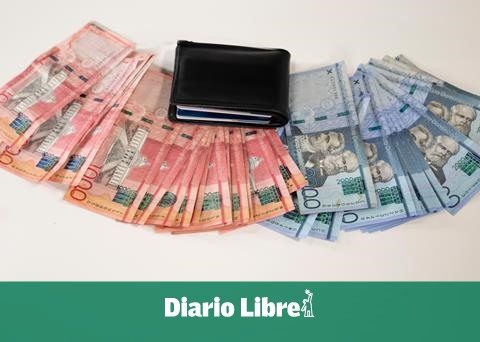‘Virovory’, as this newly discovered type of feeding was defined, could change our understanding of the carbon cycle.
A team of researchers from the University of Nebraska (USA) discovered that a species of the genus Halteria, microscopic ciliates that inhabit freshwater around the world, feed exclusively on viruses, demonstrating for the first time that a diet ‘virovoria’‘as defined, is sufficient to sustain physiological growth and even increase the population size of an organism.
According to detail Scientists have previously documented that some single-celled organisms consumed viruses as part of their diet. However, it was thought that these pathogens they did not provide the nutrients enough to be your main power source.
However, details John P. DeLong, co-author of a study published in the Proceedings of the National Academy of Sciences, these “are made of very [nutritivas]like nucleic acids, lots of nitrogen and phosphorous [por lo que] everyone should want to eat them.”
Discovering the ‘virovory’
To test whether the viruses could be the food of some species, the experts isolated different microorganisms in drops of water, which was extracted from a Nebraska pond, and added large amounts of chlorovirus to the samples.
After 24 hours, the academics discovered that a kind of halteria began to feed on the virus. To verify this observation, the team labeled part of the chlorovirus DNA with a green fluorescent dye before repeating the experiment. After analyzing the ciliates again, they noticed that their vacuole, the equivalent of their stomach, glowed green.
After comparing the decrease in the amount of chlorovirus in the samples with the growth of the halteria, they were able to determine that these beings converted around 17% of the dough of the viruses consumed in their own new mass.
This finding, the researchers point out, not only implies the discovery of a new form of feeding, the ‘virovoria’, but it could change the understanding of the carbon cycle.
According to the scientists, once chloroviruses infect microscopic algae, these single-celled organisms “pop like balloons,” releasing carbon into open water that is absorbed by other microorganisms, in what they describe as “a grim program of recycling in miniature and, apparently, in perpetuity”.
However, they detail, ‘virovoria’ could counteract the recycling of this element at the microbial level that viruses perpetuate, allowing this element to move up the food chain.

















